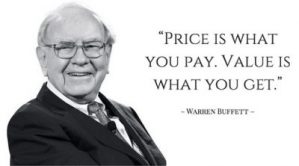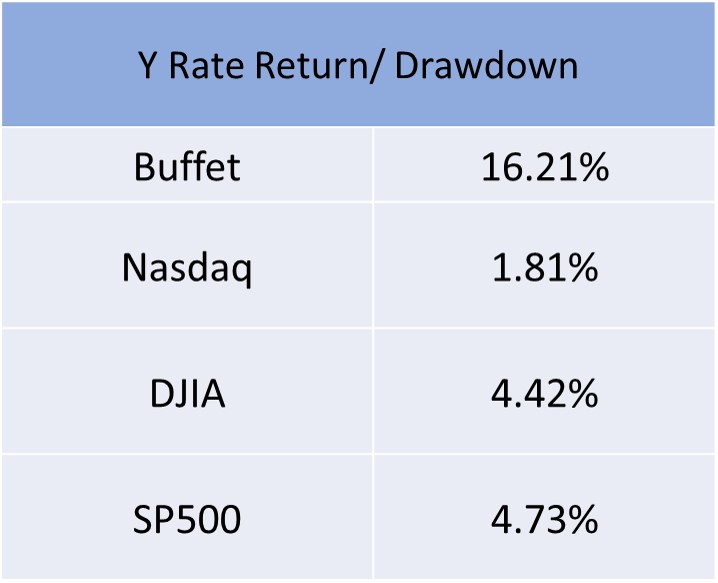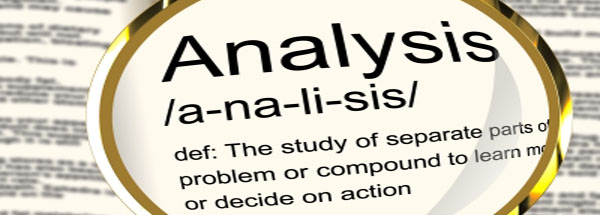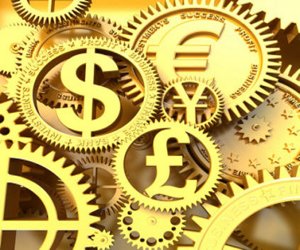The “Drawdown”, why every investor should know everything about it.
In trading, “drawdown” is a term used to quantify risk. That knowledge is essential for any investment decision. First, we quantify risk and then we compare it with potential reward to see if it makes any sense and if it’s worth to put our precious money to back our investment idea.
We use “drawdown”, to define the maximum loss occurred in a certain period. Imagine an account with a starting capital of $100,000. Two months after the opening prices go up and the account is worth $120,000 and four months later it is down to $80,000. The potential loss of $40,000 is the “drawdown” of the period. In that case, risk is considered 40%. The reason the initial capital is not used as a reference, is that the investor could have started investing at the peak.
The next question to be asked, is how much money should an investor expect to make per year, willing to risk 40%?

Warren Buffett for example, considered one of the best investors in the world, was willing to accept the following risks and rewards, as a buy and hold investor from Dec 1998 until now:

Berkshire Hathaway Buffett’s company almost quadrupled in price in a 19-year period. That means that he had a non-compounded (non-reinvested return) of 7% per year. During that period, he suffered a drawdown of $63,000 or 44% (Dec-07 to Feb-09). Obviously, an investor who bought BRK shares in 2007 would have endured the same risk with less rewards.
For these same 19 years a NASDAQ investor would achieve a return of 1.5%/ year for a drawdown of 81% (2000-2001), a Dow Jones investor 2.18%/year for a drawdown of 49% and an SP500 investor 2.41% for a risk of 53%. The Dow Jones Industrial Index and the SP500 suffered their biggest drawdowns between October 2007 and February 2009.
To compare different investments we must calculate the Yearly Return/ Max Risk:

It is very clear here that Warren Buffett did a much better job than a buy and hold stock investor for these last 19 years. The above table shows you that if a risk tolerance is not more than 10%, then with Warren Buffet an investor would have achieved a return on investment of 10%*16.21%= 1.16% per year. But even the others who performed worse, did not lose their initial investment, recovered and were able to calculate their risks.
Suppose there is an investor with money in Switzerland, or any other financial center like Hong-Kong or Singapore and the banker calls the investor with an investment recommendation to buy a certain stock proposed by the Bank research department. The investor is then faced with two problems. One, is the method and the second the financial instrument. If investment decisions depend on fundamental analysis the investor would be unable to go back in time and calculate the historical drawdown. How can discretionary historical market direction be calculated? Furthermore, the risk for any company stock is 100%. It should be vividly remembered that giant companies like General Motors, or various financial institutions diluted 100% shareholder equity during the meltdown of 2008.
We belong to those who don’t believe that any type of fundamental analysis can  predict the future of prices in stocks or any other financial instrument. We believe that today’s prices are a vote for the future of the economy and not the opposite.
predict the future of prices in stocks or any other financial instrument. We believe that today’s prices are a vote for the future of the economy and not the opposite.
The method we use, is a non-discretionary algorithmic one. Back-testing period should go back at least 20 years and cover more than one financial crisis.
We never invest in financial instruments  which can lose 100% of their value. The portfolio must be liquid and balanced between stocks, bonds cash and sometimes minor positions in gold or maybe commodities like crude oil. We trade in US or major European Stock Indices, Long Term Government Bonds, like the 30-year US Bond and for cash only major currencies. When we invest in cash we prefer the US Dollar because it behaves as a natural hedge. When everything else goes up the value of the US Dollar versus major currencies tends to go down. When Stocks and Bonds go down cash becomes king. It is the time where we wait the Central Banks to react. With the right method, one of which we believe we use, the investor should be able to calculate how much time it would take and how much money it will cost, to recover financially, without risking unacceptable losses.
which can lose 100% of their value. The portfolio must be liquid and balanced between stocks, bonds cash and sometimes minor positions in gold or maybe commodities like crude oil. We trade in US or major European Stock Indices, Long Term Government Bonds, like the 30-year US Bond and for cash only major currencies. When we invest in cash we prefer the US Dollar because it behaves as a natural hedge. When everything else goes up the value of the US Dollar versus major currencies tends to go down. When Stocks and Bonds go down cash becomes king. It is the time where we wait the Central Banks to react. With the right method, one of which we believe we use, the investor should be able to calculate how much time it would take and how much money it will cost, to recover financially, without risking unacceptable losses.
Is our method bullet proof? Of course not. There is always risk when investing and the future is unknown. But we believe that we bring the odds in our favor, risking less in difficult times and following closely the markets in good ones. We also believe that on a long-term basis we beat Buy and Hold methods.
The investor, should sleep well at night and therefore should put his money where he feels comfortable. It must be remembered that there is always more than one truth in investing. The purpose of this post, is to offer some additional food for thought to anyone having a long term rational investment goal.


